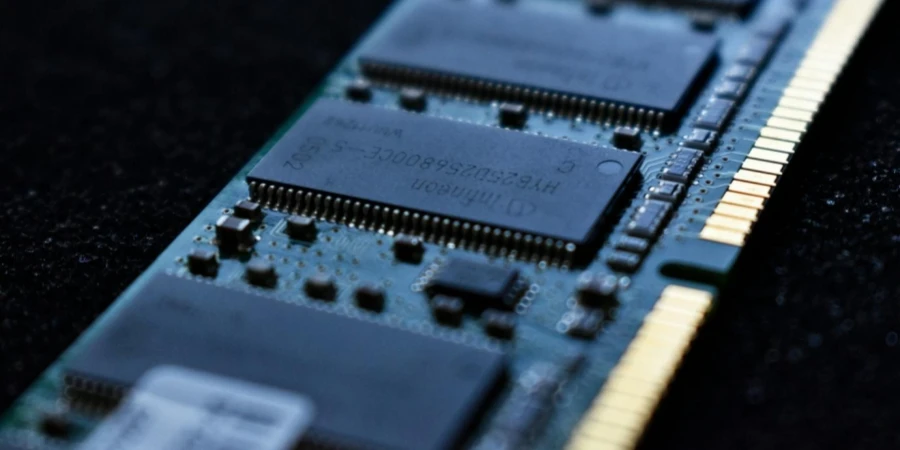The market for RAM is changing quickly due to technological progress and rising demand in different industries. In 2024, we can expect significant growth in the market as RAM plays a crucial role in contemporary computing. Advancements in technology and design are significantly improving RAM’s efficiency and performance, making it essential for applications such as smart cities and enterprise solutions.
It’s vital to grasp these trend patterns and the best-selling products to stay ahead in this changing industry. This article explores the recent market trends and technological innovations influencing the dynamic RAM future.
Table of Contents
● Market overview
● Key technology and design innovations
● Top-selling models driving market trends
● Conclusion
Market overview

Market scale and growth
According to the Spherical Insights report, the global dynamic RAM market was valued at USD 119.5 billion in 2023 and is projected to reach approximately USD 304.78 billion by 2033 at a CAGR of around 9.82%.
The significant expansion is fueled by the growing need for cutting-edge memory solutions in areas like smart cities, IoT gadgets, and effective city services. The progress of these infrastructures requires more extensive memory capabilities and quicker data processing powers, boosting the necessity for dynamic RAM.
DDR 5 memory holds the share in the global market because it is widely used in consumer electronics and data centers for its good performance and cost-effectiveness.
The market is currently experiencing a move towards DDRS RAM, which provides better performance and energy efficiency. The increasing demands for data traffic and storage in cloud computing and big data analytics are hastening this shift.
Key technology and design innovations
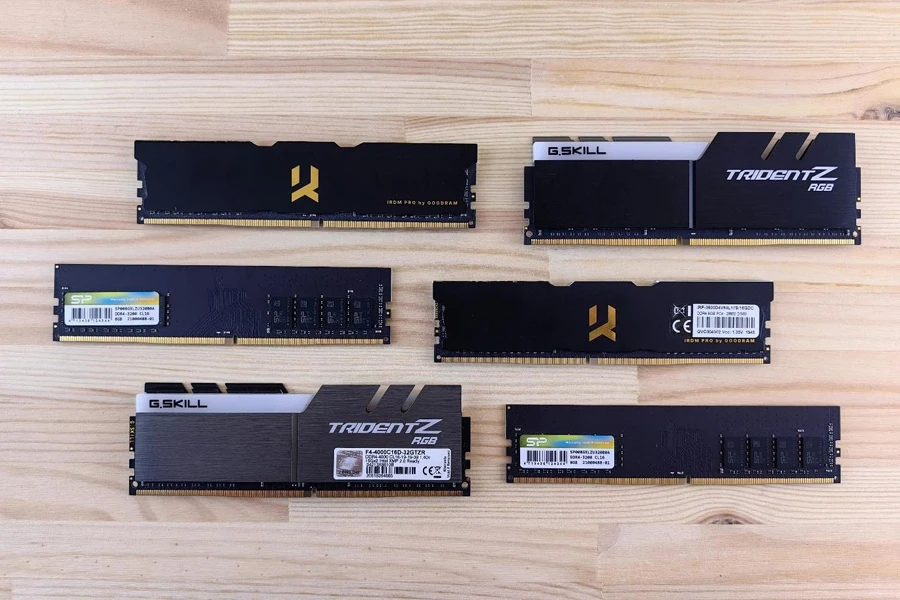
DDR5 RAM
The DDR5 RAM advances memory tech by enhancing data transfer speed and energy efficiency while boosting reliability over the older DDR4 version.
DDR5 memory modules can reach speeds as high as 6,400 million transfers per second (MT/s), almost twice the speed of DDR4 modules. They offer increased data transfer capabilities with a maximum theoretical bandwidth of 51.2 gigabytes per second (GB/s). The improved energy efficiency of DDR5, operating at 1.1V compared to DDR7’s, 1.2V, helps lower power consumption.
DDR5 comes with functionalities such as Decision Feedback Equalization (DFR), which ensures the signal remains intact at increased speeds, and on-die ECC (Error Correction Cod) enhances dependability by rectifying bit errors instantly.
NVMe SSDs
NVMe SSD drives (Non-Volatile Memory Express) have completely transformed storage options by enhancing start-up times and the speed of transferring files. With the PCIe Gen 4.0 interface, NVMe SSD drives provide data transfer speeds of up to 7,000MB/s in contrast to the 600MB/s speed of SATA III SSD drives.
This leads to faster system boot-ups and improved data management efficiency, essential for tasks that demand swift access to vast amounts of data, like gaming or video editing and real-time data analysis.
NVMe solid-state drives (SSDs) can simultaneously handle input/output queues. Each queue can accommodate up to 64,000 commands, enhancing multitasking abilities and boosting performance when dealing with demanding workloads.
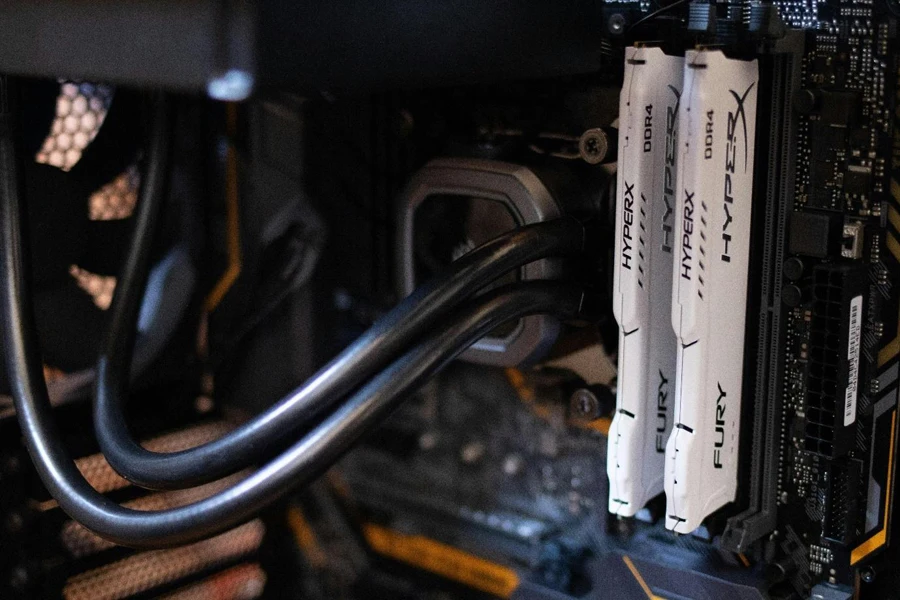
3D XPoint technology
3 XPoint Technology is a super speedy memory option that doesn’t lose data when turned off. A real game changer that closes the gap between the old RAM and storage solutions. What makes it so special is its cross-point layout that boosts both speed and durability. It has reading and writing latencies calculated in nanoseconds instead of the usual microseconds you’d see with NAND flash memory.
The cells of the 3D XPoint do not use transistors, which allows for density and less power usage. This tech brings a speed boost by cutting wait times and upping how quickly data can be gotten and changed, making it great for top-of-the-line computing setups and tasks needing quick data access and strength.
Emerging trends
Current memory technology advancements emphasize the importance of scalability and efficiency improvements. Stacked memory configurations like High Bandwidth Memory (HBM) and Hybrid Memory Cube (HMC) are expanding the limits of memory capacity and speed through the stacking of DRAM dies and linking them with silicon vias (TSVs).
This method helps to decrease the space taken up and energy used while boosting data transfer capacity. Enhancements in memory organization methods, like compressing and adjusting allocation dynamically, improve how efficiently memory is utilized. This allows systems to manage data sets and perform more intricate calculations effectively.
Advancements like these play a role in meeting the increasing data needs in artificial intelligence (AI), machine learning (ML), and cloud computing by keeping systems agile and efficient in effectively handling large amounts of data.
Top-selling models driving market trends
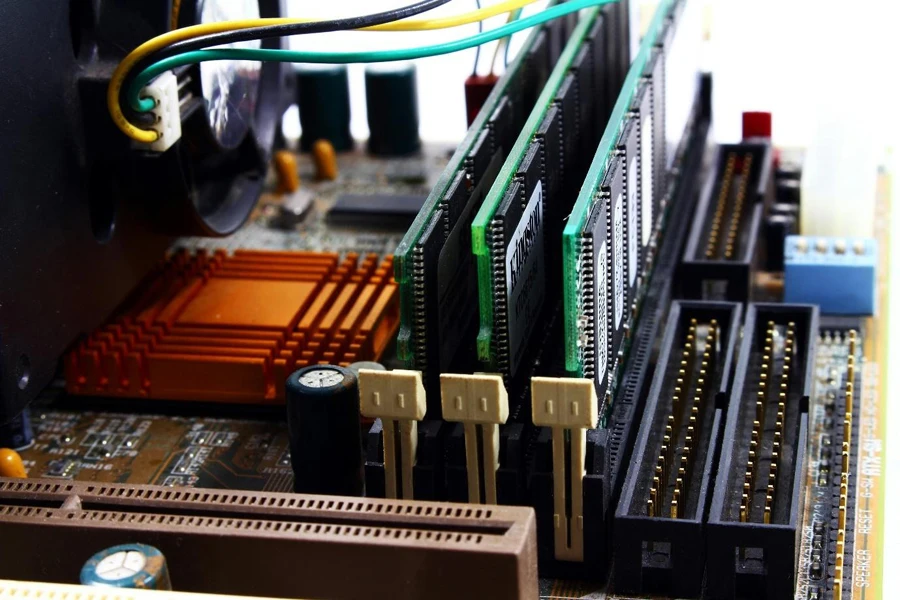
Performance requirements
The gaming community seeks speed and low-latency RAM to ensure seamless gameplay and quick game reactions. Players often favor high-performance options such as the Corsair Vengeance LPX DDR4 for its speeds reaching 3200MHz and minimal CAS latencies that allow for smooth gaming experiences with demanding modern AAA titles.
In settings like data centers, having sufficient RAM is crucial for handling extensive datasets and keeping the system running smoothly without glitches or crashes. One example is the DDR5 modules from Samsung that offer bandwidth and error correction features; they are commonly used in server setups to uphold data accuracy and operational efficiency.
Efficient power usage and dependable performance are crucial in consumer electronics such as the Kingston HyperX Impact DDR4, which balances speed and energy efficiency, making it a popular choice for laptops and portable devices.
Capacity and speed
The RAM sizes people look for depend greatly on their needs. 8GB and 16GB setups are pretty popular for everyday use, while pro gamers prefer 32GB or 64GB options.
G.Skill Ripjaw V DDR4 is available in 16GB and 32GB kits are ideal for tasks like video editing and 3D rendering with speeds reaching up to 3600MHz to ensure performance.
The switch to DDR5 includes modules with a capacity of 16GB and clock speeds surpassing 4800MHz to support heavy workloads in scientific research and data analysis tasks effectively. These modules’ enhanced capacity and speed guarantee smooth performance for demanding software without any slowdown issues.
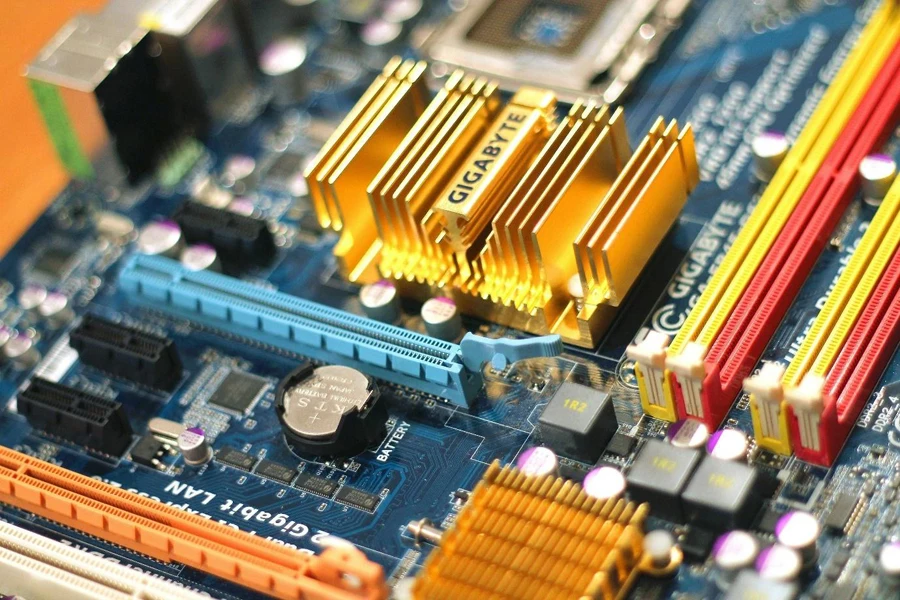
Technological features
Rated RAM models stand out due to their enhanced overclocking features, sophisticated thermal management system, and stylish design elements.
Users can enhance their memory modules’ performance by overclocking them to speeds other than the standard levels; for instance, the G.Skill Trident Z Royal DDR4 is known for its strong heat spreaders and capability to support overclocking frequencies as high as 4266MHz.
Ensuring thermal control is essential for preserving performance and longevity in products, like the Crucial Ballistix DDR4 series, which includes integrated heat spreaders and dynamic thermal throttling features.
Customizable RGB lighting features like those found in the Corsair Dominator Platinum RGB are popular among PC enthusiasts who want to elevate the charm of their setups without sacrificing performance quality.
Market impact
High-performance RAM models impact market trends by fueling ongoing innovation and establishing fresh benchmarks for memory technology.
With the rising demand from consumers for RAM that combines speed and dependability, manufacturers are under pressure to create models that excel in performance limits.
For instance, the increasing use of DDR5 modules such as the TeamGroup T-Force Delta RGB, which merges high speed with customizable aesthetics, demonstrates a market shift towards blending functionality with style.
These progressions guarantee that the market stays competitive and that individuals can easily get their hands on the technologies to keep up with the changing needs of today’s computing landscapes.
Conclusion
The market for RAM is poised for significant expansion due to ongoing advancements and rising interest in cutting-edge memory solutions.
Those involved in the industry need to keep up with the market trends and technological advancements to adapt to the changing environment successfully.
In today’s evolving RAM market landscape, grasping the significance of cutting-edge memory solutions is crucial for leveraging new opportunities and staying ahead in the competitive industry.
